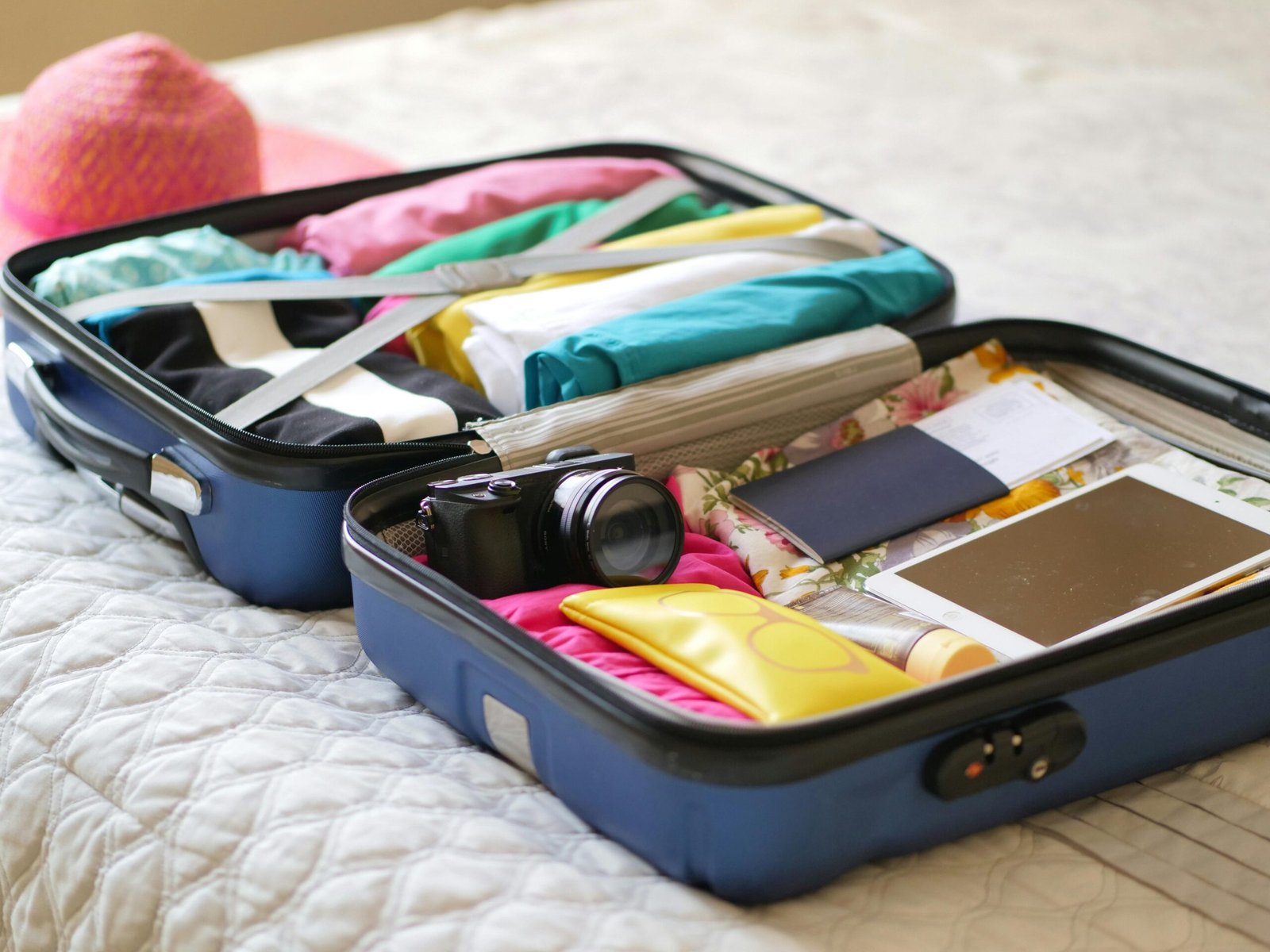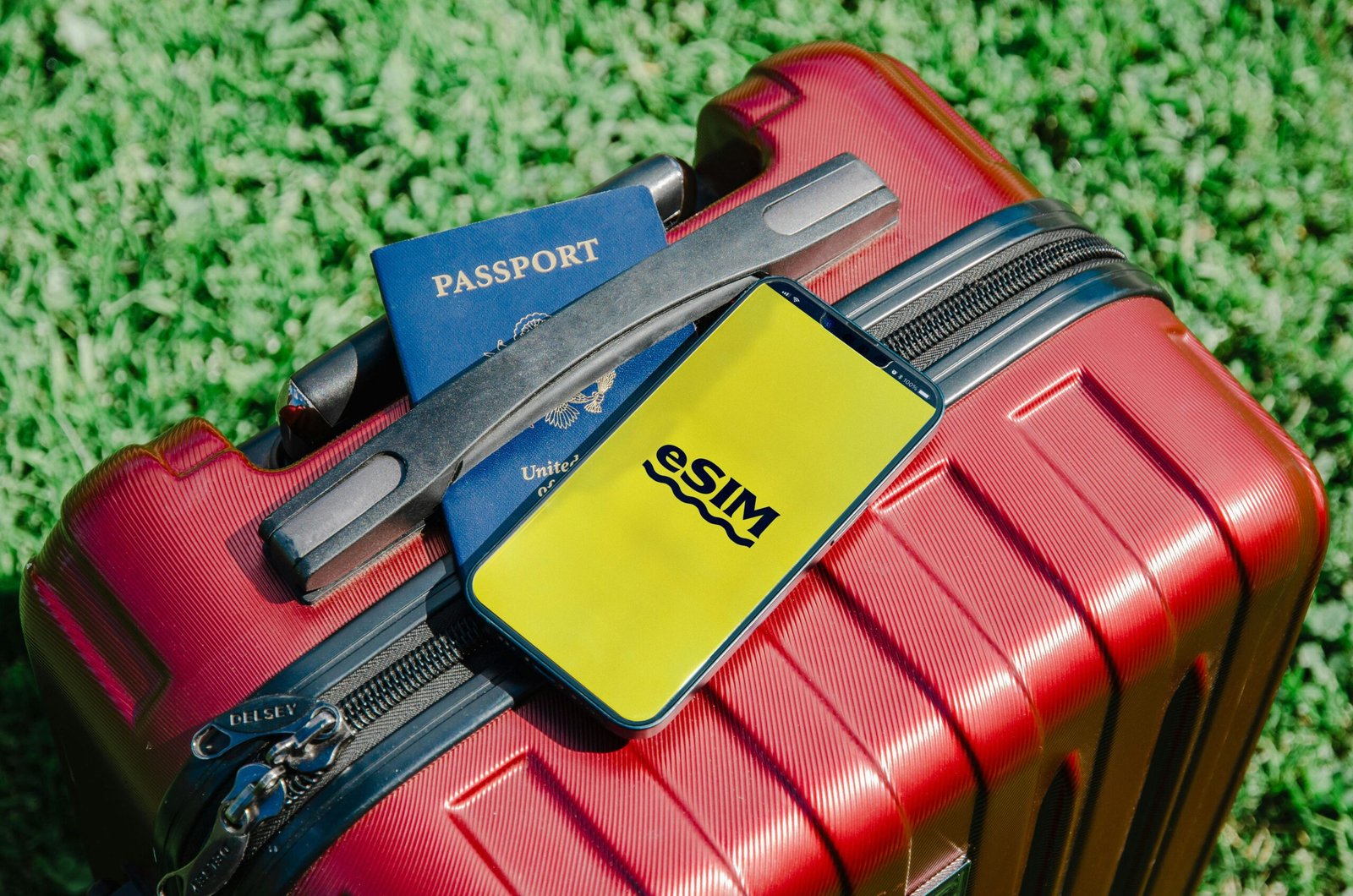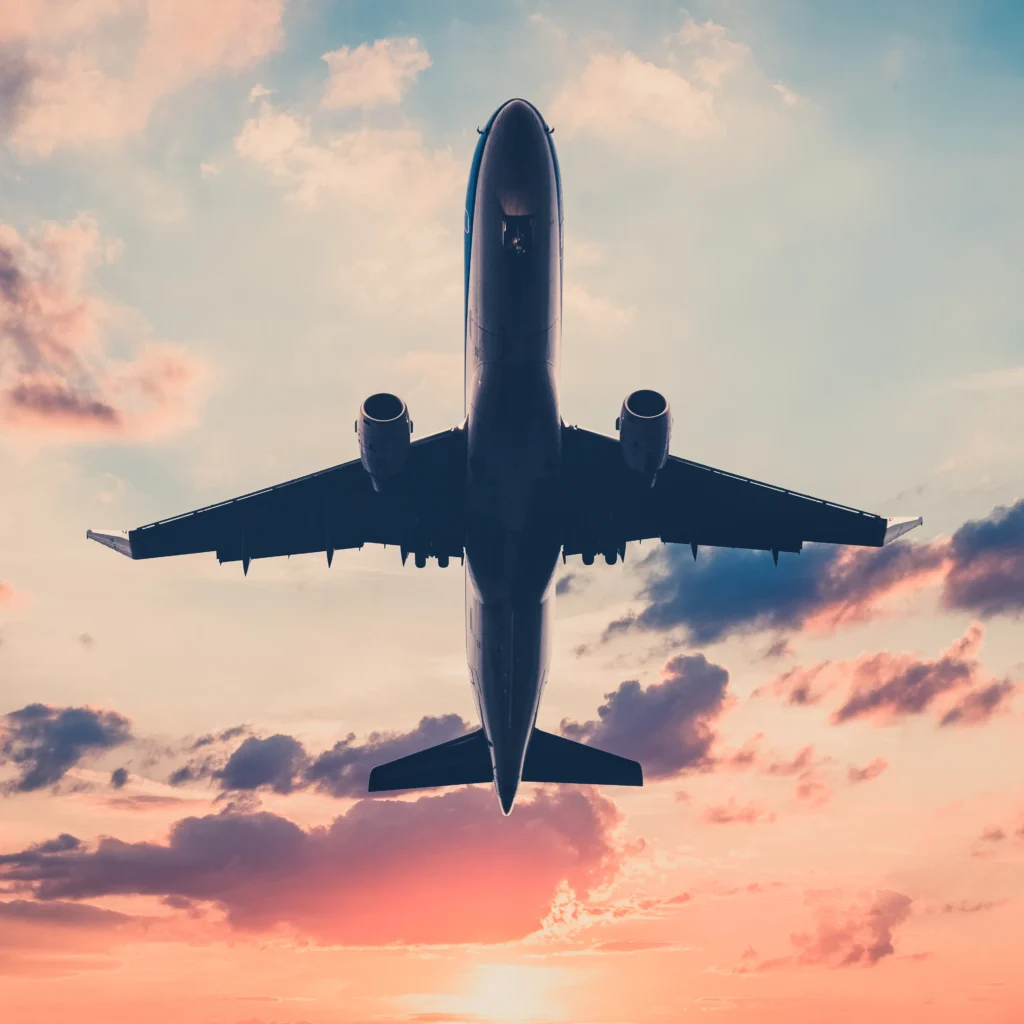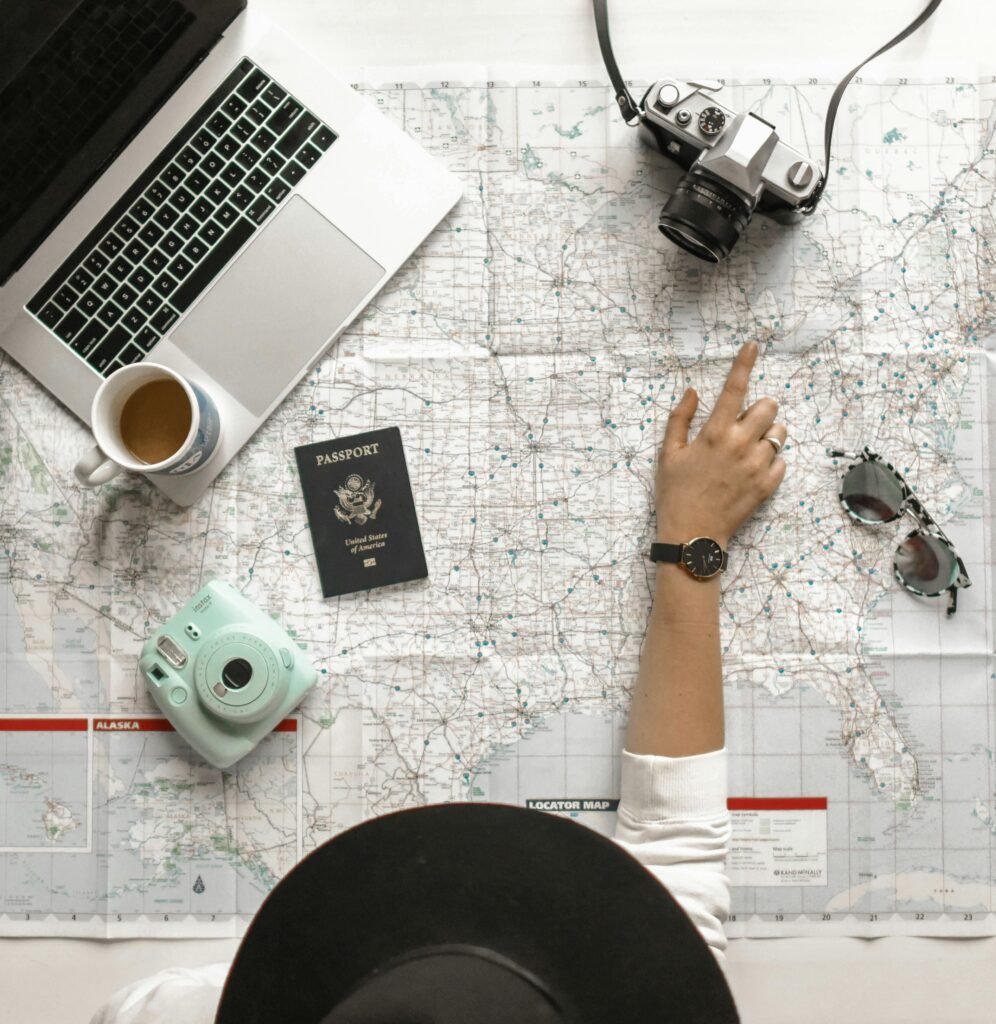This post contains affiliate links. If you click on them and make a purchase, I may earn a small commission at no extra cost to you. Thank you for supporting the blog!

1. Planning Your Trip: The First Steps
- Determine Your Budget: Assess your disposable income to cover accommodation, transportation, activities, meals, and emergency funds.
- Choose Your Destination: Consider your interests, the season, and current travel advisories to select the right location for your adventure.
- Plan Your Trip Duration: Assess how much time you can allocate and research the best time to visit, considering weather, festivals, and peak tourist seasons.
- Effective Trip Planning: Combining financial planning, destination choices, and time management lays the groundwork for a rewarding adventure.
2. Packing Smart: Essentials to Bring
- Understand Your Itinerary: Pack according to the climate and activities of your destination (e.g., beachwear for tropical trips, hiking gear for mountain adventures).
- Create a Checklist: Include essentials like clothing, toiletries, first-aid, and electronics, and opt for versatile clothing that can be layered.
- Maximize Space with Packing Organizers: Use packing cubes or compression bags to save space and keep belongings organized.
- Consider Footwear: Choose comfortable shoes suitable for different activities, remembering that shoes take up more space in your luggage.
- Adapt Your Packing List: Tailor your packing to the destination’s activities, whether for outdoor adventures or cultural visits.

3. Staying Safe While Traveling
- Secure Your Belongings: Use money belts or anti-theft bags to protect valuables from pickpockets.
- Be Aware of Your Surroundings: Stay alert and avoid showing expensive items in unfamiliar areas.
- Research Local Customs and Laws: Familiarize yourself with local regulations to avoid misunderstandings.
- Invest in Travel Insurance: Protect yourself from emergencies like medical issues or lost luggage.
- Learn Key Local Phrases: Knowing basic emergency phrases can be helpful if assistance is needed.
4. Navigating New Places: Transportation Tips
- Public Transportation: Research local bus and train networks to navigate economically and efficiently.
- Taxis and Ride-Sharing: Use licensed taxis or ride-sharing apps for convenience and safety.
- Rent a Car for Flexibility: Renting a car gives you the freedom to explore off-the-beaten-path areas; remember to check local driving laws.
- Choose Based on Your Needs: Your transportation method should depend on the city and your personal preferences.

5. Local Cuisine: Eating Like a Local
- Research Authentic Restaurants: Look for places that focus on local ingredients and traditional cooking methods.
- Food Safety: Choose clean, busy establishments with fresh food, and ask about ingredients if unsure.
- Try New Dishes: Start with smaller portions or share meals to explore diverse flavors.
- Consider Dietary Restrictions: Learn local food terminology related to your dietary needs to communicate more effectively.
6. Cultural Respect: Navigating Social Norms
- Research Local Customs: Learn about greetings, dress codes, and acceptable behavior before your trip.
- Respect Different Gestures: Understand how people greet each other—handshakes, bows, or other gestures vary by culture.
- Show Appreciation: Acknowledge local traditions and express gratitude to build goodwill.
- Remain Open-Minded: Approach unfamiliar practices with respect, even if they differ from your own values.
7. Staying Connected: Tech Tips for Travelers
- Explore Mobile Data Options: Consider international roaming, local SIM cards, or eSIM technology to stay connected without high costs.
- Use Public Wi-Fi Safely: Avoid security risks by using a VPN on public networks.
- Leverage Travel Apps: Use apps for navigation, bookings, language translation, and emergency contacts.
- Back Up Important Documents: Store digital copies of passports and itineraries to ensure you can access them if needed.

8. Budgeting During Your Trip: Money Management
- Establish a Budget: Estimate daily expenses for food, accommodation, transport, and activities, and track them using apps or spreadsheets.
- Affordable Accommodations: Look for hostels, vacation rentals, or off-season travel for better rates.
- Save on Food: Explore street food or local markets for authentic experiences at lower costs; consider cooking some meals yourself.
- Avoid Unnecessary Expenditures: Be mindful of impulse purchases, currency conversion fees, and expensive tours without alternatives.
9. Capturing Memories: Photography Tips
- Understand Composition: Use the rule of thirds and consider lighting for better photos.
- Respect Privacy: Always ask for permission before photographing people, especially in culturally sensitive areas.
- Tell Stories with Photos: Capture different perspectives and include local artifacts or landscapes to create compelling visuals.
- Create a Travel Photo Journal: Pair images with descriptions to document your experiences and the stories behind the shots.


